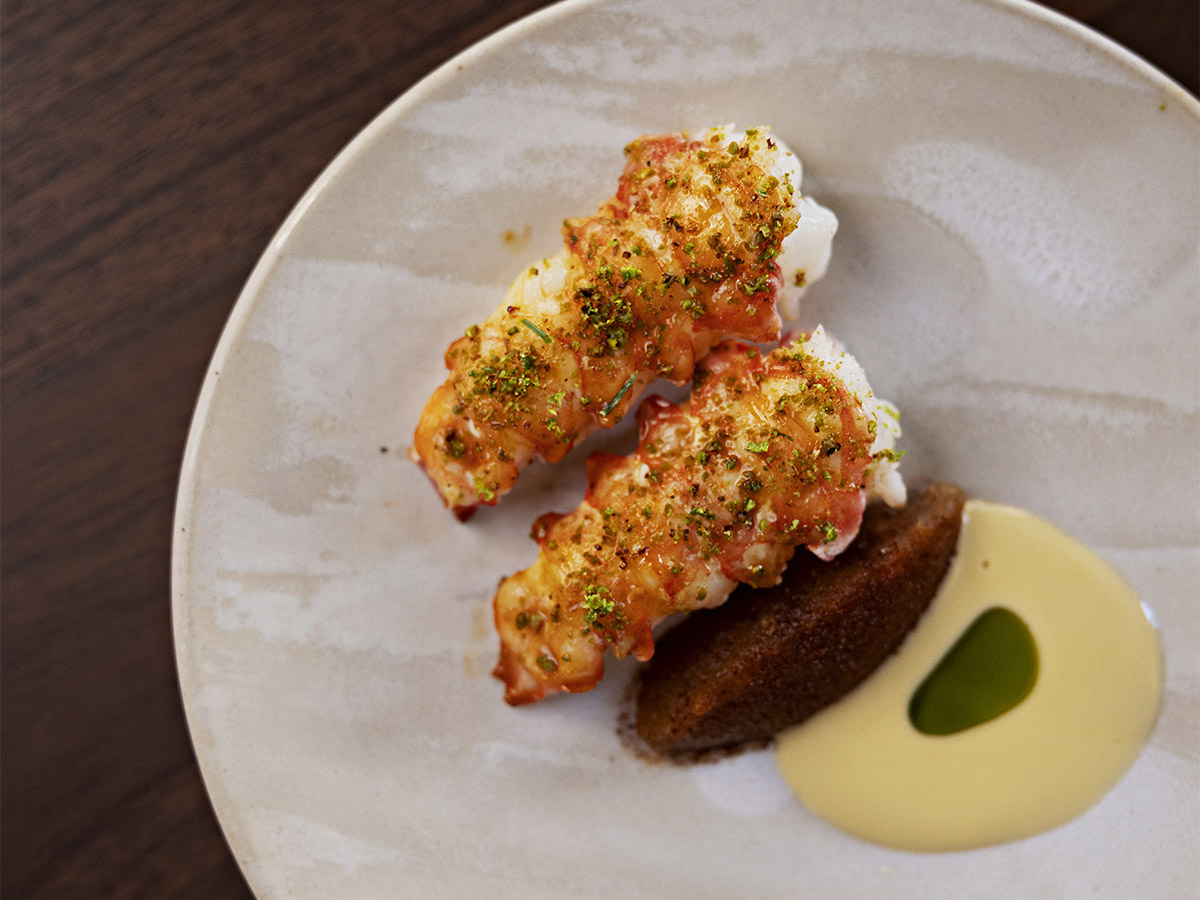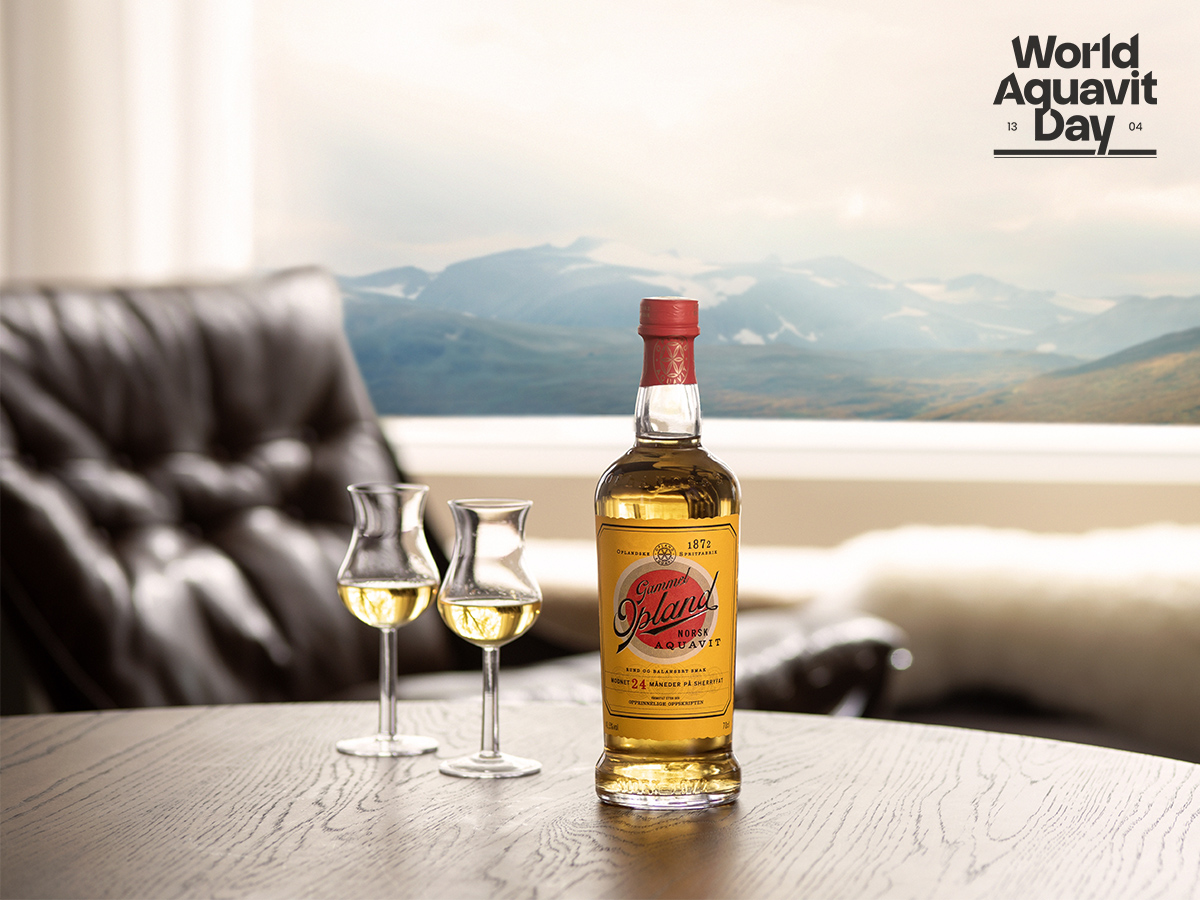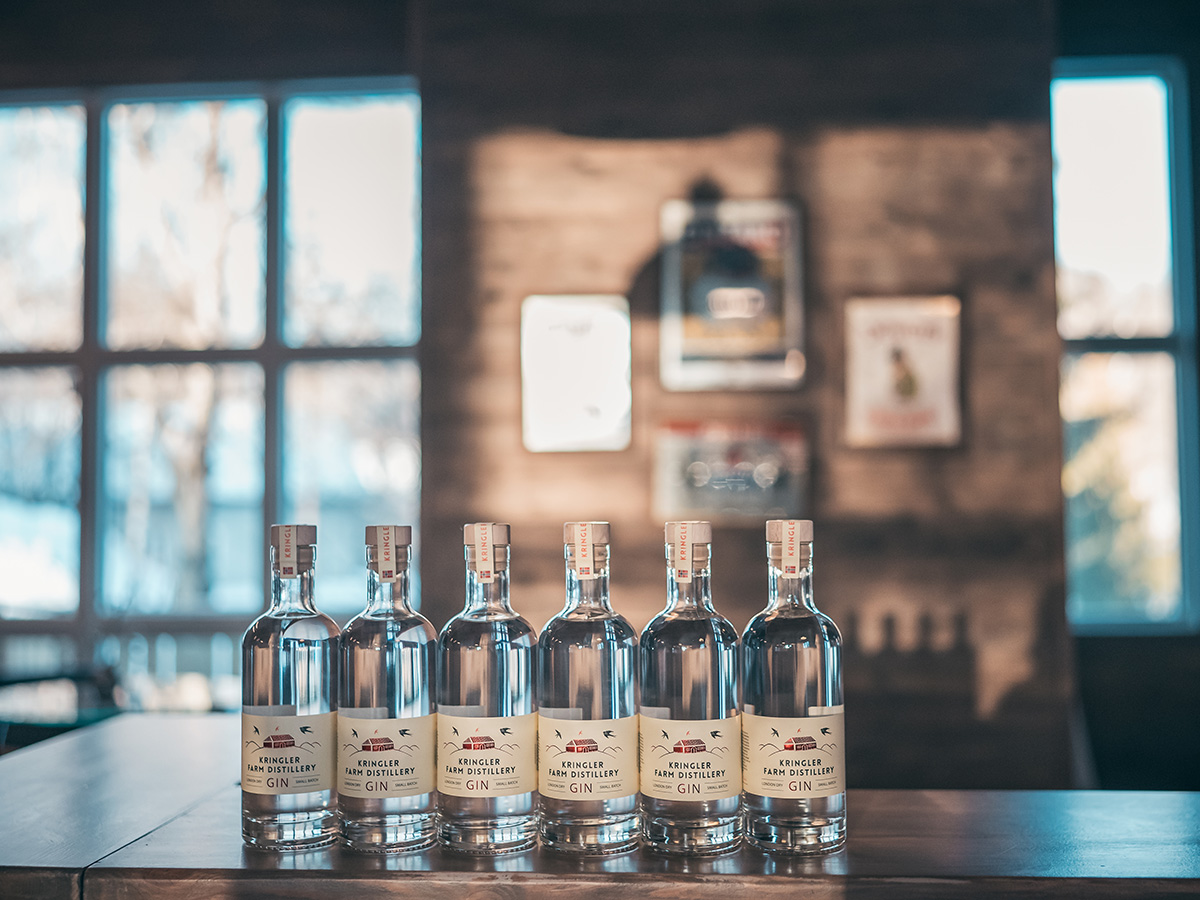Læsø Salt: Seasoned by Mother Nature
Text: Camilla Pedersen | Photos: Læsø Salt
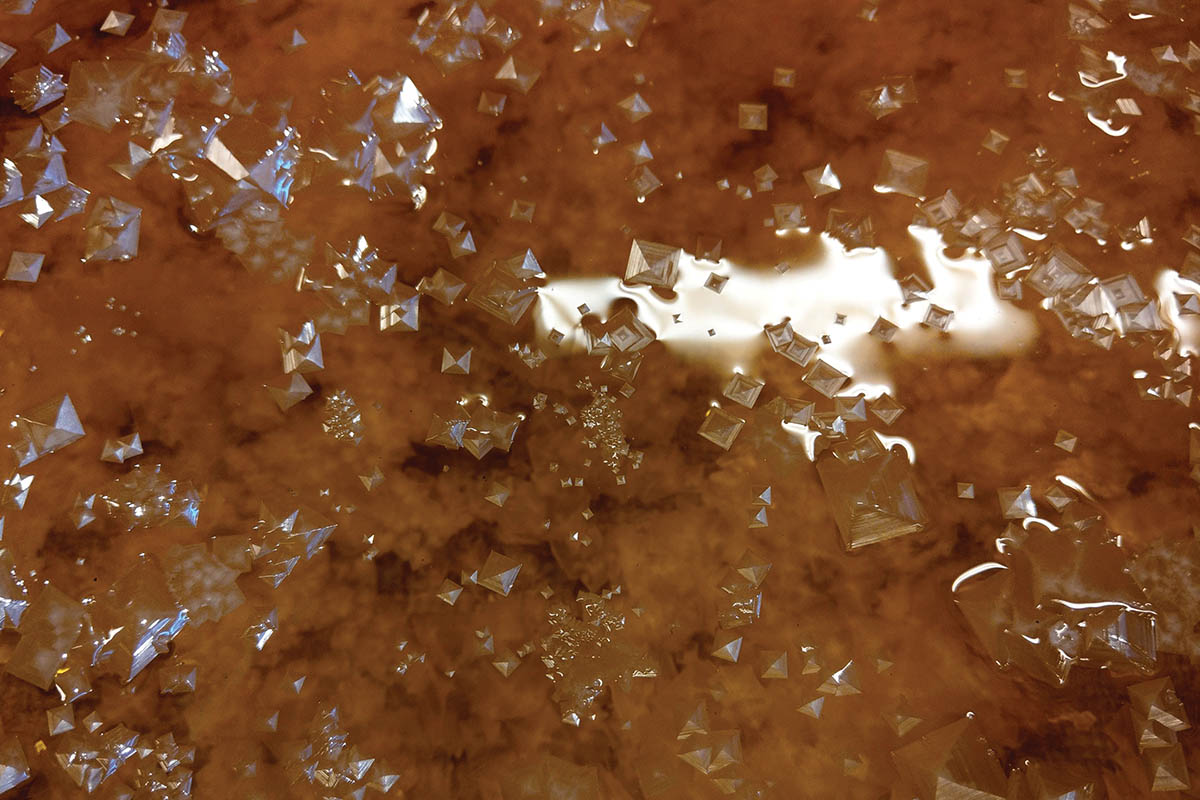
Læsø Saltworks use medieval methods to turn sea water into sea salt flakes.
T he now world-renowned Læsø Sea Salt has made its way from the tiny Danish island of Læsø and into private homes and the best of restaurants, where it has become a staple used to add the finishing touches to big and small culinary experiences. The recipe for success? Equal parts geological conditions, winter storms and a dry climate, seasoned generously with a respect for medieval salt seething methods.
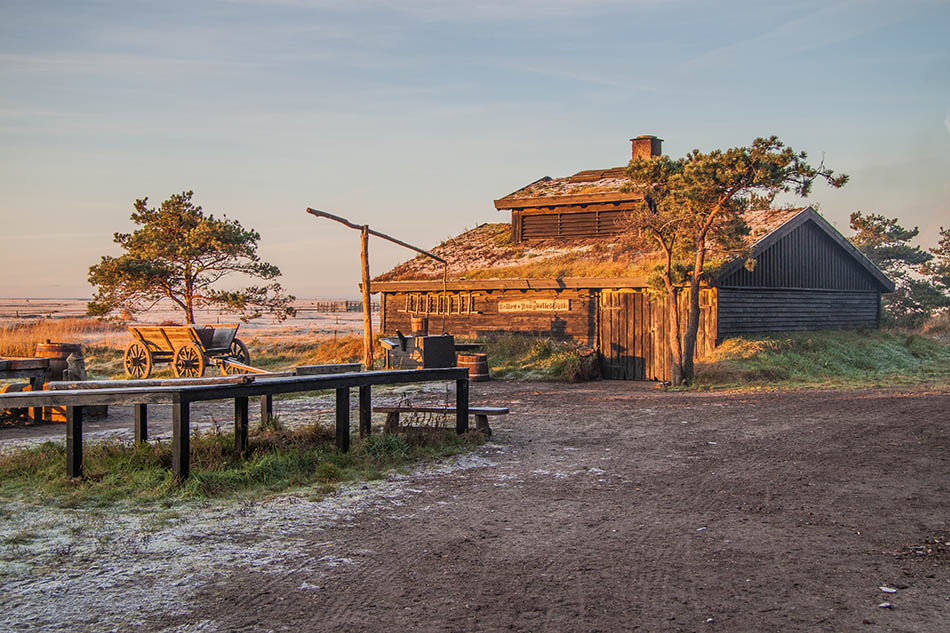
“Læsø Sea Salt is really a one-of-a-kind product, and we can only credit Mother Nature and our ancestors from the Middle Ages, who found out that by putting the unique combination of Læsø’s geological conditions and climate to use, they could add some more flavour to their lives,” says salt seether Morten Bo Jørgensen. “The southern part of the island has some very low meadows, called Roennerne, which are often flooded by seawater in winter. When the storm settles, the water stays but is stopped by a solid layer of clay at a depth of one to two metres. This means that the water remains near the surface, and eventually dries out in the summer months, and over a longer period of time this process creates the very saline ground water with a salt concentration of up to 14 per cent salt, as opposed to ordinary seawater, which usually has a salt concentration of about three per cent. Combined with large forest areas, this saline water makes the island ideal for salt seething,” Jørgensen explains.

After collecting the saline water from their three wells, the salt seething takes place at Læsø Saltworks – a living museum that is open for visitors to come and see the process first-hand: how the saline ground water is poured into large iron pans and heated over open fire until the salt crystallises and is moved into baskets where it is left to dry – exactly like it was done in medieval times. The characteristic flaky sea salt has a unique taste that comes from a series of minerals and adds character to a wide range of delicacies that can be found in the Læsø Saltworks shop: chocolates, caramels, popcorn and more.
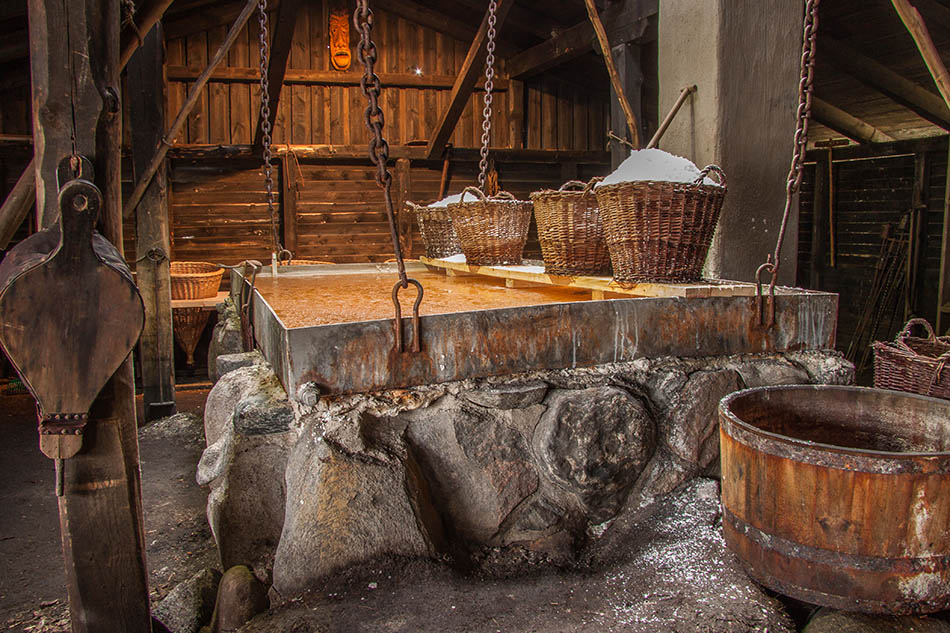
About Læsø Saltworks Læsø Saltworks started out as a historical workshop in 1991 to keep young, unemployed locals busy. The idea was born when remains of some medieval saltworks were found during a series of archaeological excavations on the island. In 2004, the economy was so steady that Læsø Saltworks turned from workshop into workplace and now has ten full-time employees, with an additional eight people during the busier summer period. Læsø Saltworks welcomes 90,000 tourists a year and offers free guided tours and other activities from April to October. www.laesoesalt.com Facebook: Læsø Salt Instagram: @laesosalt
Subscribe to Our Newsletter
Receive our monthly newsletter by email


